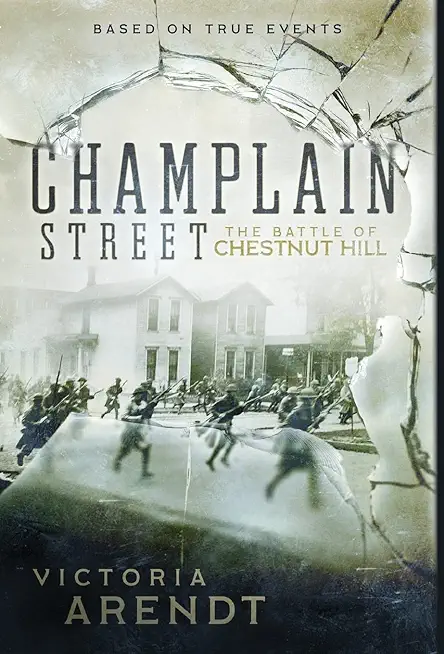
description
7In Toledo, Ohio, 1934, during the heart of the depression and nearly 80 percent unemployment, the despair of factory workers gave the Toledo Electric Auto-Lite Co. a rich advantage over workers. Grisly working conditions, unfair production quotas and paltry wages were standard employment practices. With exposed hydraulic press machines stamping out shapes in metal, the punch press operators of Department Two were easily identifiable by their missing fingers.
Knowing that hundreds were waiting to take their jobs, the men of Department Two made a difficult decision to strike for workplace safety, higher wages and, more importantly, recognition.
The Electric Auto-Lite Co., in return, touted a million-dollar reserve to break the strikers and any formation of a union and, therefore, hired replacements. They used tear gas and vomiting gas against a growing picket line pushing a resistant group. However, unbeknownst to the company and the strikers, the picket lines would quickly swell with support of thousands from the most unlikely people, the unemployed.
What resulted was an all-out fight for "The Battle of Chestnut Hill" that would, ultimately, bring in the National Guard and leave a deadly path of destruction.
Champlain Street tells the story of this pivotal US workers strike. This novel is based on true life events.
Knowing that hundreds were waiting to take their jobs, the men of Department Two made a difficult decision to strike for workplace safety, higher wages and, more importantly, recognition.
The Electric Auto-Lite Co., in return, touted a million-dollar reserve to break the strikers and any formation of a union and, therefore, hired replacements. They used tear gas and vomiting gas against a growing picket line pushing a resistant group. However, unbeknownst to the company and the strikers, the picket lines would quickly swell with support of thousands from the most unlikely people, the unemployed.
What resulted was an all-out fight for "The Battle of Chestnut Hill" that would, ultimately, bring in the National Guard and leave a deadly path of destruction.
Champlain Street tells the story of this pivotal US workers strike. This novel is based on true life events.
member goods
No member items were found under this heading.
Return Policy
All sales are final
Shipping
No special shipping considerations available.
Shipping fees determined at checkout.







